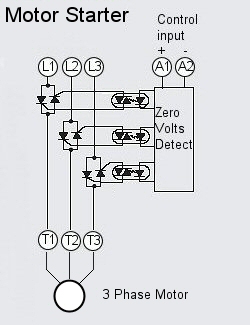This simple circuit and program listing allows the Maximite microcomputer (SILICON CHIP, March-May 2011) to control a stepper motor. It could be expanded to allow for the control of multiple motors, with four of the Maximite’s external I/O pins used to control each motor with identical driver circuits. A ULN2003 Darlington transistor array (IC1) switches current through the stepper motor’s two windings in either direction. When one of the four Maximite output pins (8, 12, 16 & 20, corresponding to I/Os 19, 17, 15 & 13) goes high, the corresponding output pin on IC1 goes low, sinking current through a motor winding. Conversely, when these pins are high, the corresponding Darlington transistor is off and so no current flows through that portion of the winding.

The centre tap of each motor winding is connected to a current source comprising PNP Darlington transistor Q1 and some resistors. The maximum current is determined by the resistive divider driving its high-impedance base, setting the base voltage to around 9.1V when it is fully on. By adding Q1’s base-emitter voltage (1.4V at 0.5A, as per the data sheet) we can determine that there will be around 1.5V across the 3.3O resistor (12V - 10.5V), resulting in a current of 1.5V ÷ 3.3O = ~450mA. Transistor Q1 must be fitted with a medium-sized flag heatsink (Jaycar HH8504, Altronics H0637) or larger to handle its maximum dissipation of (10.5V - 4.9V) x 450mA = 2.5W.
When one of the Darlington transistors switches off and current flow through the corresponding motor winding ceases, the inductive winding generates a back-EMF current which causes the voltage across that winding to spike. IC1 has internal “free-wheeling” diodes from each output to the COM pin, which is connected to the +12V supply. The back-EMF current flows back into the power supply and the voltage spikes are clamped at about 12.7V, so that the Darlington transistors do not suffer collector reverse breakdown, which might damage them.
A 470µF capacitor provides supply bypassing for the motor while a 47kO pull-up resistor and toggle switch/pushbutton S1 drives input pin 9 of the Maximite, allowing manual control of the motor direction. Table 1 shows the sequence in which the output pins are driven to turn the motor forward; the steps are run backwards for reverse operation. The delay between the steps determines the speed at which the motor rotates. The source code of the sample program is available for download from the SILICON CHIP website (maximite_stepper_motor.bas).

The centre tap of each motor winding is connected to a current source comprising PNP Darlington transistor Q1 and some resistors. The maximum current is determined by the resistive divider driving its high-impedance base, setting the base voltage to around 9.1V when it is fully on. By adding Q1’s base-emitter voltage (1.4V at 0.5A, as per the data sheet) we can determine that there will be around 1.5V across the 3.3O resistor (12V - 10.5V), resulting in a current of 1.5V ÷ 3.3O = ~450mA. Transistor Q1 must be fitted with a medium-sized flag heatsink (Jaycar HH8504, Altronics H0637) or larger to handle its maximum dissipation of (10.5V - 4.9V) x 450mA = 2.5W.
When one of the Darlington transistors switches off and current flow through the corresponding motor winding ceases, the inductive winding generates a back-EMF current which causes the voltage across that winding to spike. IC1 has internal “free-wheeling” diodes from each output to the COM pin, which is connected to the +12V supply. The back-EMF current flows back into the power supply and the voltage spikes are clamped at about 12.7V, so that the Darlington transistors do not suffer collector reverse breakdown, which might damage them.
A 470µF capacitor provides supply bypassing for the motor while a 47kO pull-up resistor and toggle switch/pushbutton S1 drives input pin 9 of the Maximite, allowing manual control of the motor direction. Table 1 shows the sequence in which the output pins are driven to turn the motor forward; the steps are run backwards for reverse operation. The delay between the steps determines the speed at which the motor rotates. The source code of the sample program is available for download from the SILICON CHIP website (maximite_stepper_motor.bas).






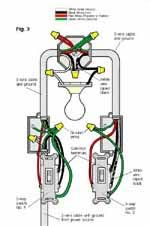

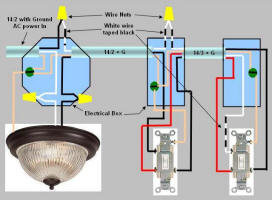

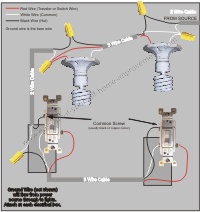




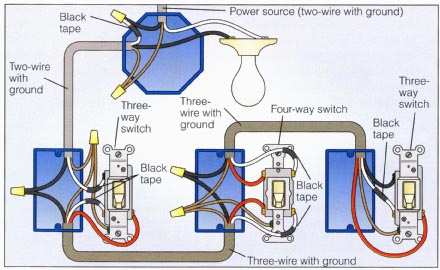
















 The voltage is limited by Zener diode D2.If the voltage rises above the Zener voltage,the current through the Zener diode causes T3 to conduct. This reduces the voltage on pin 5 of the NE555, which in turn decreases the relative duration of the high level on pin 3. T1 thus conducts for a shorter interval, so less energy is stored in L1 and the output voltage is stabilised.Current limiting is provided by R6, R5 and T2. If the voltage across R6 is more than 0.6 V, T2 starts to conduct. This drives T3 into conduction, causing the voltage to decrease in order to limit the current.
The voltage is limited by Zener diode D2.If the voltage rises above the Zener voltage,the current through the Zener diode causes T3 to conduct. This reduces the voltage on pin 5 of the NE555, which in turn decreases the relative duration of the high level on pin 3. T1 thus conducts for a shorter interval, so less energy is stored in L1 and the output voltage is stabilised.Current limiting is provided by R6, R5 and T2. If the voltage across R6 is more than 0.6 V, T2 starts to conduct. This drives T3 into conduction, causing the voltage to decrease in order to limit the current.

